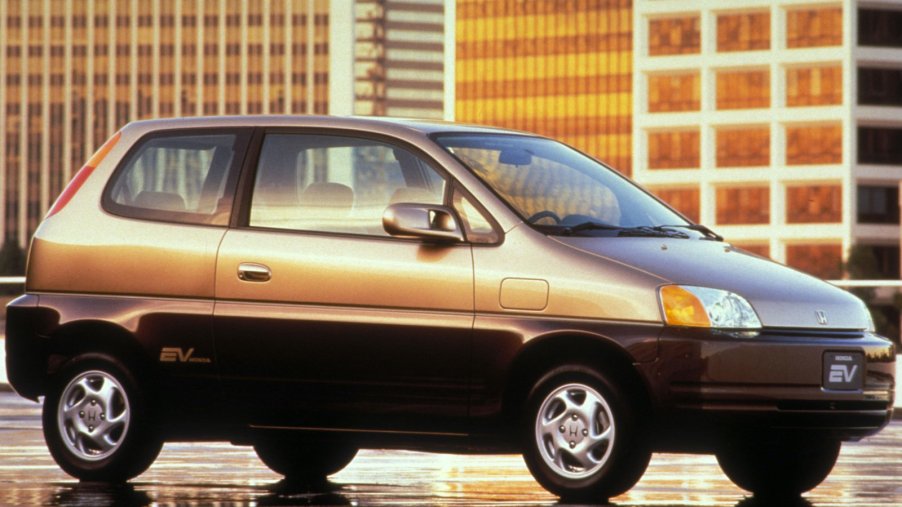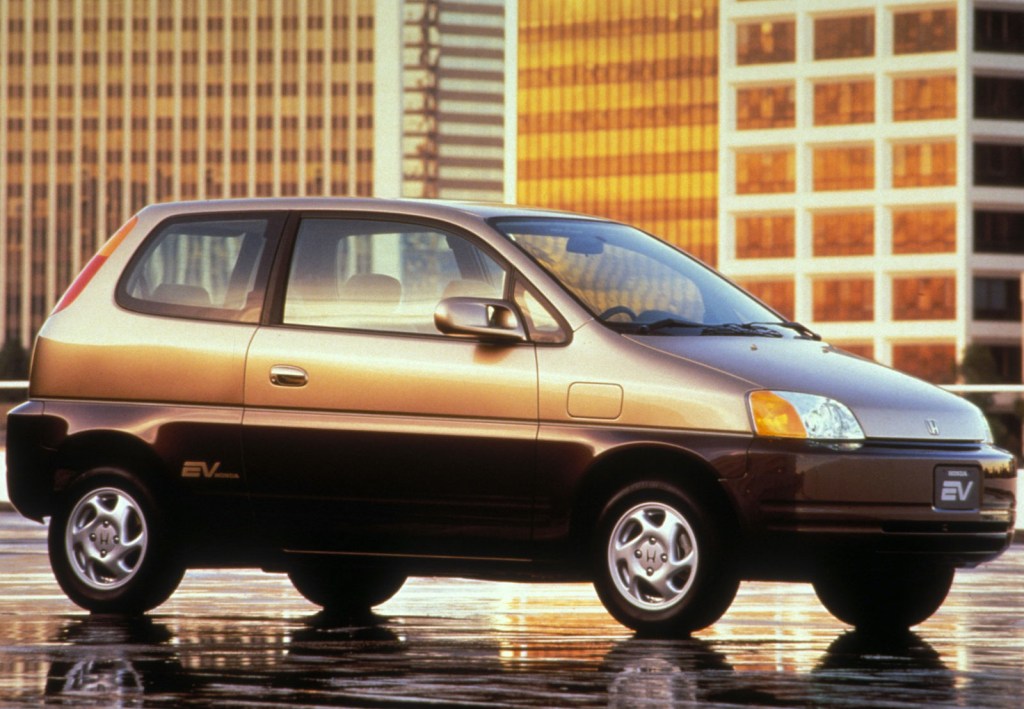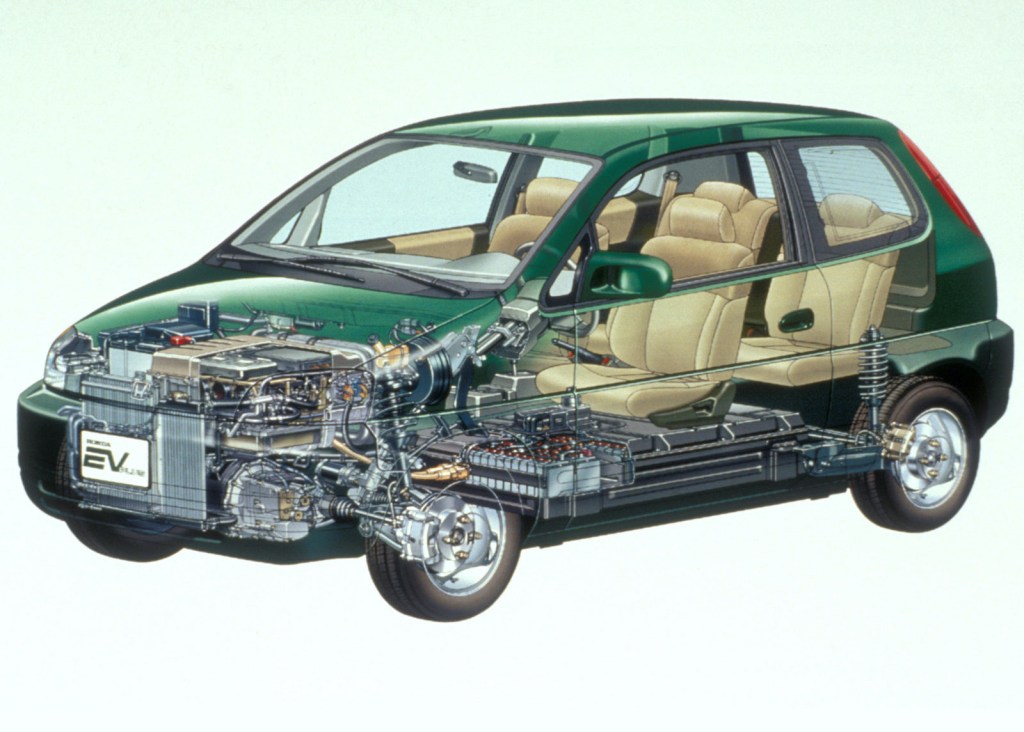
The EV Plus Played a Big Part in Honda’s Hybrid and Electric Future
An all-electric vehicle is not big news nowadays, but when the Honda EV Plus debuted, it was ground-breaking, but mostly for Honda. The EV Plus was Honda’s first electric vehicle to be produced and offered for lease, however, it was quickly discontinued after a very short production cycle. Despite the short run, there was a lot that Honda learned from the EV Plus, which plays into a lot of technology and innovations that came afterward.
The Honda EV Plus played a pivotal role

The Honda EV Plus actually has a pretty long and storied past that led up to its eventual debut in 1997. In the late 80s, General Motors had success with its solar race car at the World Solar Challenge and Honda took notice, which eventually led up to it doing more research on alternatively fueled cars in order to meet the demands of the future emissions standards.
The Honda R&D engineers went to work in finding a source of “clean energy,” and more specifically, Junichi Araki, the lead project manager of the first-generation EV basic research team, noted that an electric vehicle could be a great solution: “Electric operation was the most likely candidate, in terms of alternative power,” Araki recalled.
“Honda had no previous experience with electric powerplants. Also, at the time not much research was being done with regard to alternative-fuel vehicles.”
Junichi Araki, Lead Project Manager for Honda
“However, Honda had no previous experience with electric powerplants. Also, at the time not much research was being done with regard to alternative-fuel vehicles. Therefore, we decided to take up the challenge of making an electric vehicle. We also considered participating in the WSC, simply because we knew the harsh conditions of such a race would enable us to produce our technology even more quickly,” Araki stated.
Honda did eventually compete in the World Solar Challenge, however, the stage was set when it came to focusing on an alternatively fueled car for consumers. After overcoming some slight obstacles, the Honda EV Plus went into production.

The EV Plus was a sensible hatchback with a decent range
The Honda EV Plus was a two-door, five-passenger hatchback design that was created from the ground up, as it wasn’t based on any of the existing Honda models. Instead of using the typical lead-acid battery for power, Honda utilized 24 twelve-volt, nickel-metal-hydride batteries for the increased driving range and overall efficiency. At the time, EV Plus had a total driving range of about 80 miles, according to the EPA standards, and was powered by a 49-kW motor that produced 66 horsepower and 203 lb-ft of torque.
Considering it still took 4.9 seconds to get up to 30 mph, it wasn’t that quick for an electric car. However, that wasn’t the point. Honda wanted to use its newly created EV as a testbed for future hybrids and EVs. As such, nearly 300 EV Plus units were leased out to California residents who were required to install a 220-volt outlet in their homes for charging and instructed that they would all need to be returned after the 36-month lease term was up. When all of the EV Plus models were returned, they were eventually disassembled and destroyed. However, the project did provide a lot of the data that Honda needed.
The Honda EV Plus became part of the future
While production of the Honda EV Plus ended in 1999, right before the debut of the first-generation Honda Insight, Honda engineers were able to use some of the parts and design for the FCX Fuel Cell car that came out in 2003. In fact, they used the same powertrain design as the EV Plus but modified it for hydrogen fuel-cell use. The Honda EV Plus was never meant for mass-market production, but it played a pivotal role in Honda’s electric vehicle innovation for the next couple of decades.



